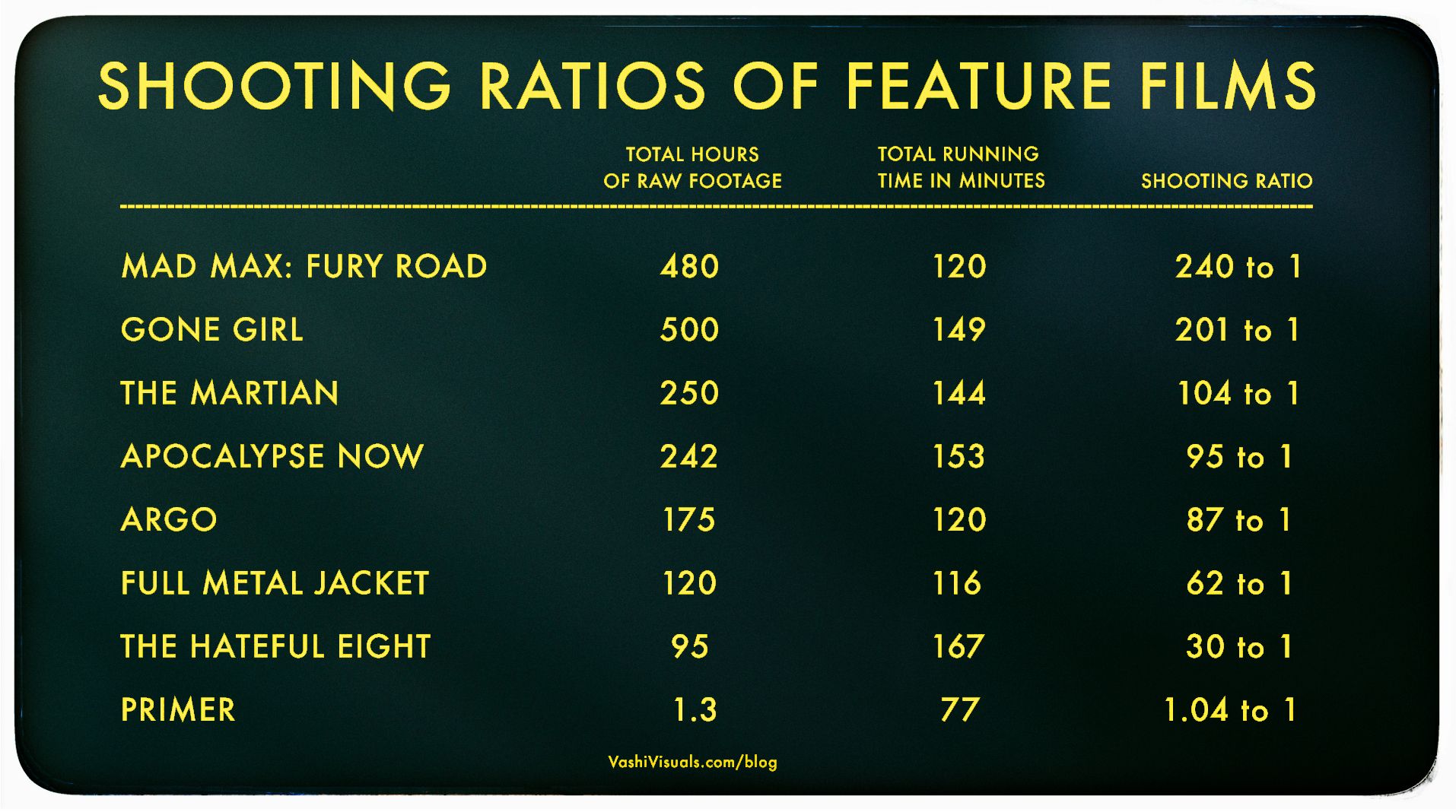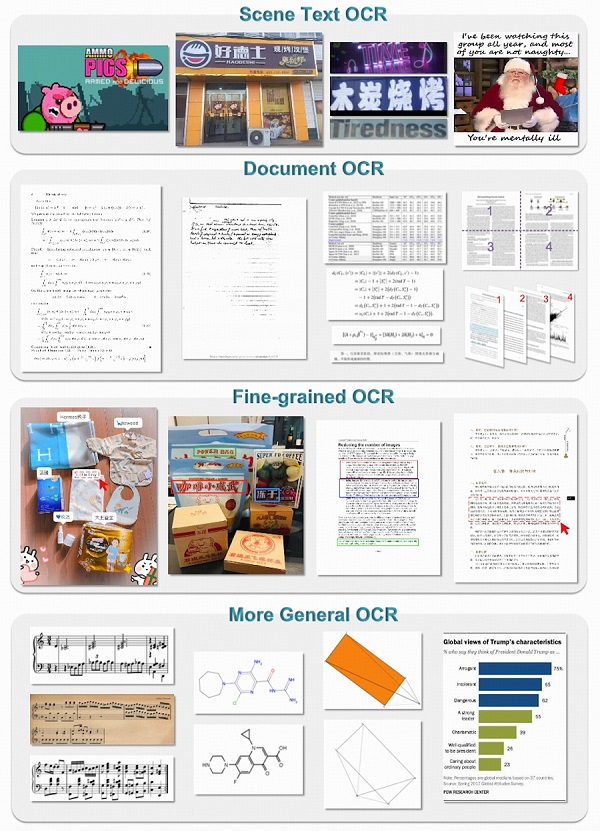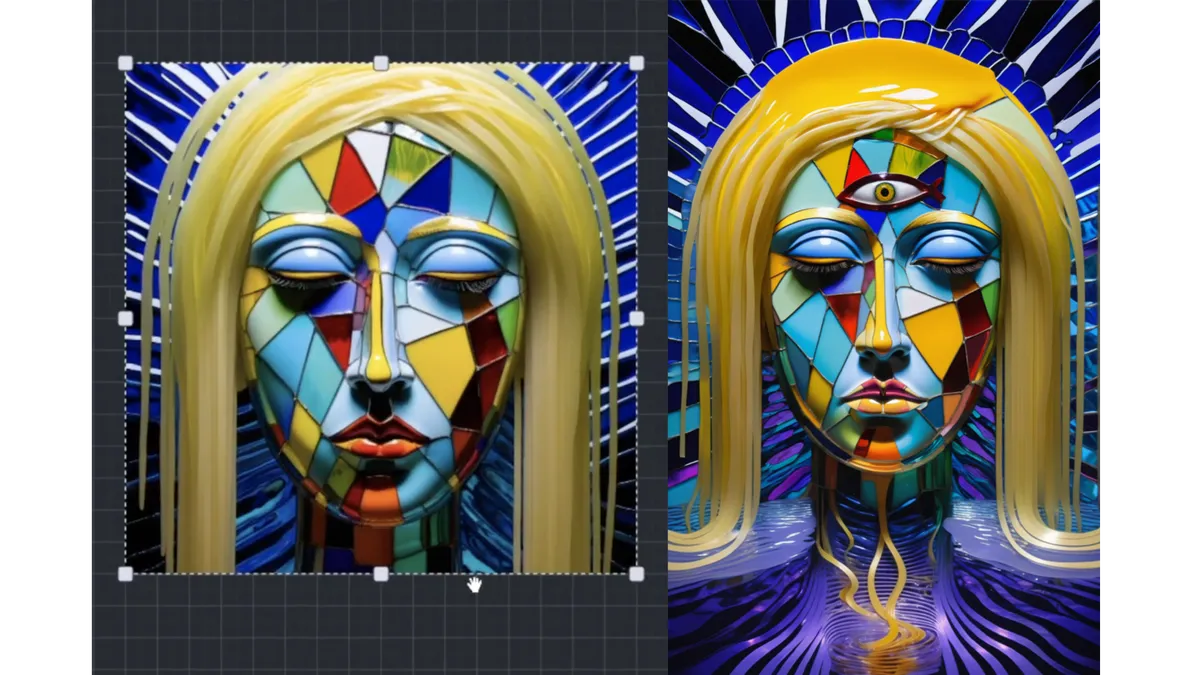BREAKING NEWS
LATEST POSTS
-
HumanDiT – Pose-Guided Diffusion Transformer for Long-form Human Motion Video Generation
https://agnjason.github.io/HumanDiT-page
By inputting a single character image and template pose video, our method can generate vocal avatar videos featuring not only pose-accurate rendering but also realistic body shapes.
-
DynVFX – Augmenting Real Videoswith Dynamic Content
Given an input video and a simple user-provided text instruction describing the desired content, our method synthesizes dynamic objects or complex scene effects that naturally interact with the existing scene over time. The position, appearance, and motion of the new content are seamlessly integrated into the original footage while accounting for camera motion, occlusions, and interactions with other dynamic objects in the scene, resulting in a cohesive and realistic output video.
https://dynvfx.github.io/sm/index.html
-
ByteDance OmniHuman-1
https://omnihuman-lab.github.io
They propose an end-to-end multimodality-conditioned human video generation framework named OmniHuman, which can generate human videos based on a single human image and motion signals (e.g., audio only, video only, or a combination of audio and video). In OmniHuman, we introduce a multimodality motion conditioning mixed training strategy, allowing the model to benefit from data scaling up of mixed conditioning. This overcomes the issue that previous end-to-end approaches faced due to the scarcity of high-quality data. OmniHuman significantly outperforms existing methods, generating extremely realistic human videos based on weak signal inputs, especially audio. It supports image inputs of any aspect ratio, whether they are portraits, half-body, or full-body images, delivering more lifelike and high-quality results across various scenarios.
-
Conda – an open source management system for installing multiple versions of software packages and their dependencies into a virtual environment
https://anaconda.org/anaconda/conda
https://docs.conda.io/projects/conda/en/latest/user-guide/getting-started.html
NOTE The company recently changed their TOS and this service now incurs into costs for teams above a threshold.
Use MicroMamba instead. -
Vashi Nedomansky – Shooting ratios of feature films
In the Golden Age of Hollywood (1930-1959), a 10:1 shooting ratio was the norm—a 90-minute film meant about 15 hours of footage. Directors like Alfred Hitchcock famously kept it tight with a 3:1 ratio, giving studios little wiggle room in the edit.
Fast forward to today: the digital era has sent shooting ratios skyrocketing. Affordable cameras roll endlessly, capturing multiple takes, resets, and everything in between. Gone are the disciplined “Action to Cut” days of film.https://en.wikipedia.org/wiki/Shooting_ratio

-
General OCR Theory – Towards OCR-2.0 via a Unified End-to-end Model – HF Transformers implementation
https://huggingface.co/stepfun-ai/GOT-OCR-2.0-hf
GOT-OCR2 works on a wide range of tasks, including plain document OCR, scene text OCR, formatted document OCR, and even OCR for tables, charts, mathematical formulas, geometric shapes, molecular formulas and sheet music.

-
QNTM – Developer Philosophy
- Avoid, at all costs, arriving at a scenario where the ground-up rewrite starts to look attractive
- Aim to be 90% done in 50% of the available time
- Automate good practice
- Think about pathological data
- There is usually a simpler way to write it
- Write code to be testable
- It is insufficient for code to be provably correct; it should be obviously, visibly, trivially correct

-
Arminas Valunas – “Coca-Cola: Wherever you are.”
Arminas created this using Juggernaut Xl model and QR Code Monster SDXL ControlNet.
His pipeline:
Static Images – Forge UI.
Upscaled with Leonardo AI universal upscaler.
Animated with Runway ML and Minimax.
Video upscale – Topaz Video AI.
Composited in Adobe Premiere.
Juggernaut Xl download here:
https://civitai.com/models/133005/juggernaut-xl
QR Code Monster SDXL:
https://civitai.com/models/197247?modelVersionId=221829
FEATURED POSTS
-
HDRI Median Cut plugin
www.hdrlabs.com/picturenaut/plugins.html

Note. The Median Cut algorithm is typically used for color quantization, which involves reducing the number of colors in an image while preserving its visual quality. It doesn’t directly provide a way to identify the brightest areas in an image. However, if you’re interested in identifying the brightest areas, you might want to look into other methods like thresholding, histogram analysis, or edge detection, through openCV for example.
Here is an openCV example:
(more…)
-
The Public Domain Is Working Again — No Thanks To Disney
www.cartoonbrew.com/law/the-public-domain-is-working-again-no-thanks-to-disney-169658.html
The law protects new works from unauthorized copying while allowing artists free rein on older works.
The Copyright Act of 1909 used to govern copyrights. Under that law, a creator had a copyright on his creation for 28 years from “publication,” which could then be renewed for another 28 years. Thus, after 56 years, a work would enter the public domain.
However, the Congress passed the Copyright Act of 1976, extending copyright protection for works made for hire to 75 years from publication.
Then again, in 1998, Congress passed the Sonny Bono Copyright Term Extension Act (derided as the “Mickey Mouse Protection Act” by some observers due to the Walt Disney Company’s intensive lobbying efforts), which added another twenty years to the term of copyright.
it is because Snow White was in the public domain that it was chosen to be Disney’s first animated feature.
Ironically, much of Disney’s legislative lobbying over the last several decades has been focused on preventing this same opportunity to other artists and filmmakers.The battle in the coming years will be to prevent further extensions to copyright law that benefit corporations at the expense of creators and society as a whole.
-
Thomas Mansencal – Colour Science for Python
https://thomasmansencal.substack.com/p/colour-science-for-python
https://www.colour-science.org/
Colour is an open-source Python package providing a comprehensive number of algorithms and datasets for colour science. It is freely available under the BSD-3-Clause terms.









![sRGB gamma correction test [gamma correction test]](http://www.madore.org/~david/misc/color/gammatest.png)
